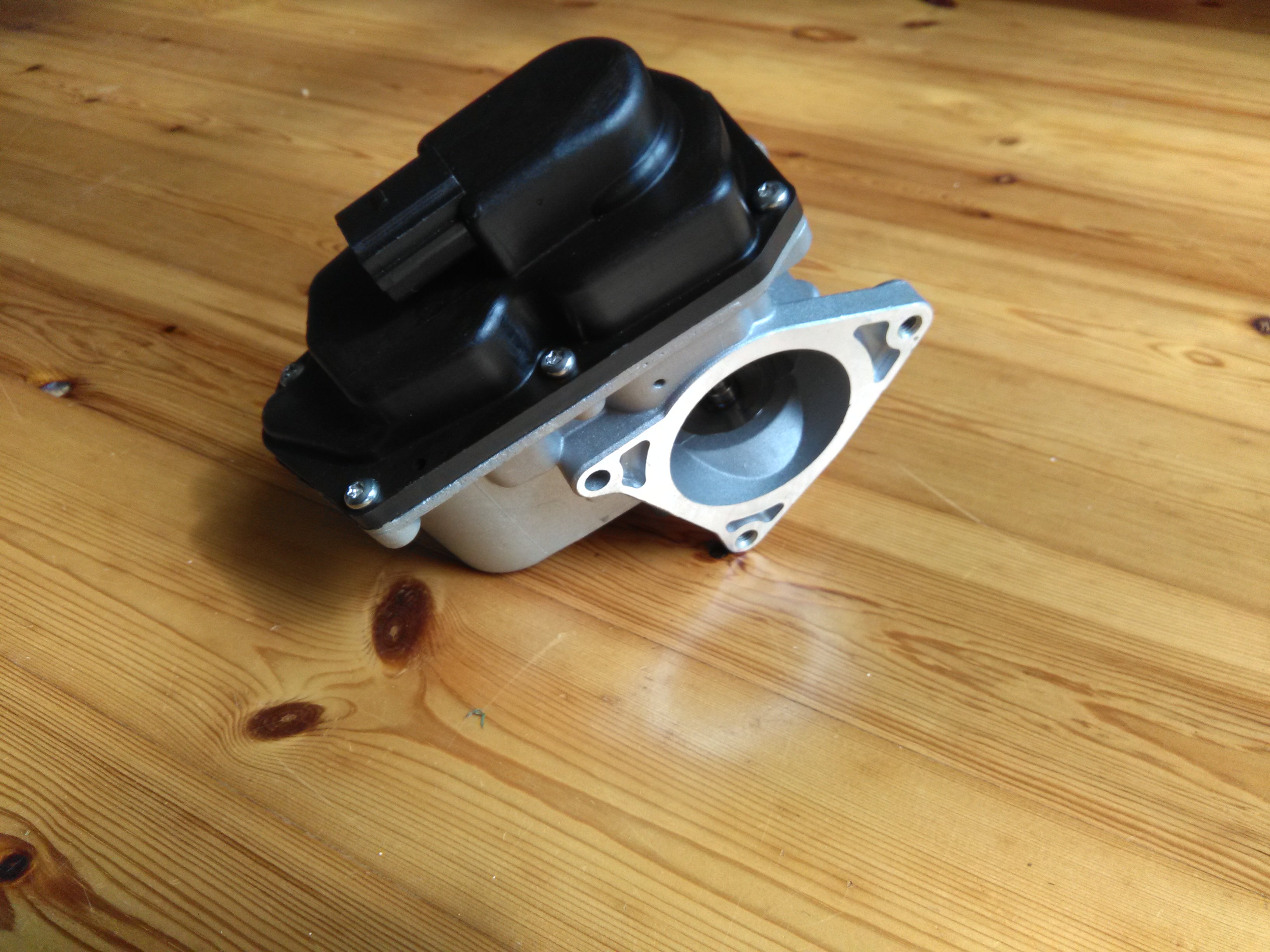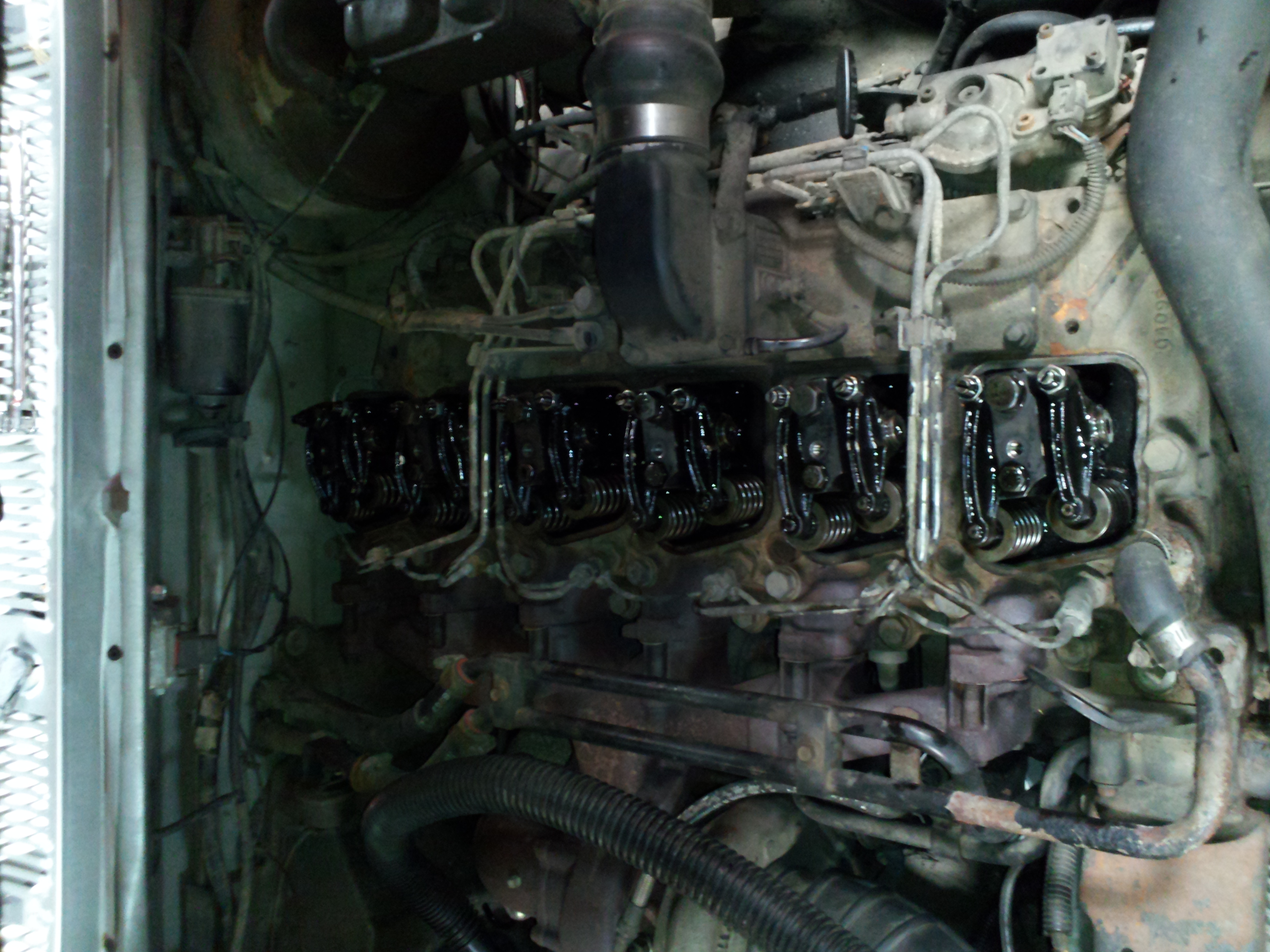|
IC Bus
IC Bus (originally IC Corporation) is an American bus manufacturer. Headquartered in Lisle, Illinois, IC is a wholly owned subsidiary of Navistar International. Established in 2002 by Navistar through the reorganization of subsidiary manufacturer American Transportation Corporation (AmTran), IC currently produces school buses and commercial-use buses for multiple applications. The IC company name stands for "Integrated Coach", alluding to how the vehicles are nearly completely assembled under a single corporate structure. For all vehicles, the body and chassis are assembled within the same manufacturing facility; the latter is designed by parent company Navistar (prior to 2015, Navistar included the engine). While using a chassis and hood shared with International-brand trucks, IC Bus vehicles have separate badging. Though sharing Illinois corporate headquarters with its parent company, IC vehicles are produced at the Tulsa, Oklahoma facility opened by AmTran in 1999, ending ... [...More Info...] [...Related Items...] OR: [Wikipedia] [Google] [Baidu] |
Navistar International
Navistar, Inc is an American holding company created in 1986 as the successor to International Harvester. Navistar operates as the owner of International-branded trucks and diesel engines. The company also produces buses under the IC Bus brand. On July 1, 2021, Navistar became a wholly owned subsidiary of Traton. Navistar Defense LLC operates independently and is owned by Cerberus Capital Management. Headquartered in Lisle, Illinois, the company has 13,000 employees worldwide as of 2019. Navistar operates through a network of nearly 1,000 dealer outlets in the United States, Canada, Brazil, and Mexico and more than 60 dealers in 90 countries. History 1902–1985: International Harvester The merger of McCormick Harvesting Machine Company and the Deering Harvester Company in 1902 resulted in the formation of the International Harvester Company (IH) of Chicago, Illinois. In 1908, International introduced the International Harvester Auto Wagon, a forerunner of the pickup ... [...More Info...] [...Related Items...] OR: [Wikipedia] [Google] [Baidu] |
International 3300
The International 3300 is a Type-C cowled bus chassis (conventional-style) manufactured by Navistar International, derived from the International DuraStar since 2004 for the United States, Canada, and Mexico. While most examples are produced as yellow school buses, variants of the 3300 are also produced for commercial applications; International also produces as cutaway-cab variant of the model line. Developed as the successor to the International 3800 (the final model line of the International S series), the 3300 is a derivative of the International 4300 medium-duty truck (later the Durastar, the International MV since 2019); a single generation has been produced since 2004. Design overview In 2001, International introduced the NGV (Next Generation Vehicle) line of trucks, with an all-new 4000-series medium-duty truck line. For the 2005 model year, the 3300 was introduced as the replacement for the International 3800 (the final model of the long-running International S-S ... [...More Info...] [...Related Items...] OR: [Wikipedia] [Google] [Baidu] |
Navistar DT Engine
The Navistar DT engine family is a line of mid-range inline-6 diesel engines. With horsepower ratings ranging from to , the Navistar DT engines are used primarily in medium-duty truck and bus applications such as school buses, although some versions have been developed for heavy-duty regional-haul and severe-service applications. Prior to 1986, Navistar International, then known as International Harvester Company, used the DT engine in farm and construction equipment. Design The Navistar DT diesel engines are of a wet-sleeve design. This means that the cylinder wall (sleeve) is a separately machined part that fits into the cylinder bores cast into the engine block. The cylinder sleeve is in contact with the engine coolant, hence the "wet"-sleeve. Navistar claims that the wet-sleeve design enhances durability because the consistent wall thickness of the sleeve allows for consistent heat transfer, ensuring the cylinders stay round during thermal expansion. Additionally, they sta ... [...More Info...] [...Related Items...] OR: [Wikipedia] [Google] [Baidu] |
Navistar VT Engine
The Navistar VT engine family is a line of diesel engines that was produced by International Truck and Engine (Navistar International) from 2003 to 2016. Developed as the replacement for the T444E V8, the VT V6 and V8 diesels were the smallest diesel engines used in Navistar vehicles, slotted below the DT inline-6 engine family. Sharing many applications with the DT466 inline-6, the VT engines were used in medium-duty trucks and school bus chassis, competing against the Cummins B-series and the Mercedes-Benz MBE900 diesel engines. In 2007, both the VT and DT engines were rebranded under the ''MaxxForce'' brand name, with model designations related to their displacement. From 2003 to 2010, VT engines were used by Ford Motor Company in several vehicles, sold as the second and third generations of the Ford Power Stroke diesel engine family. Fords E series continued to use the VT365 until the end of 2012. For 2011 production, the Power Stroke diesel shifted to a Ford-produced d ... [...More Info...] [...Related Items...] OR: [Wikipedia] [Google] [Baidu] |
Navistar T444E Engine
The Navistar T444E is a Diesel engine, diesel V8 engine manufactured by Navistar International Corporation. In its use in Ford Motor Company trucks, vans, and school buses, it is the first of the Ford Power Stroke engine, PowerStroke family of diesel engines. The T444E was manufactured from 1994 to 2004, replacing the 7.3 L International Harvester IDI, IDI V8 designed by International Harvester. As a result of federal emission standards, the T444E was discontinued midway through the 2003 model year, replaced by the all-new 6.0 L Navistar VT engine, VT365. In total, nearly 2 million 7.3 L PowerStroke V8s were manufactured for Ford at their Indianapolis, Indiana plant before switching to the 6.0 L. The T444E used a bore and stroke. Power output was at 3000 rpm and at 1600 rpm for 1994-1997. Power was increased in 1998 to at 2600 rpm and of torque at 1600 rpm. In 2000, power was once again upped to at 2700 rpm in Automatic transmission, automatics and ... [...More Info...] [...Related Items...] OR: [Wikipedia] [Google] [Baidu] |
Urea
Urea, also known as carbamide, is an organic compound with chemical formula . This amide has two amino groups (–) joined by a carbonyl functional group (–C(=O)–). It is thus the simplest amide of carbamic acid. Urea serves an important role in the metabolism of nitrogen-containing compounds by animals and is the main nitrogen-containing substance in the urine of mammals. It is a colorless, odorless solid, highly soluble in water, and practically non-toxic ( is 15 g/kg for rats). Dissolved in water, it is neither acidic nor alkaline. The body uses it in many processes, most notably nitrogen excretion. The liver forms it by combining two ammonia molecules () with a carbon dioxide () molecule in the urea cycle. Urea is widely used in fertilizers as a source of nitrogen (N) and is an important raw material for the chemical industry. In 1828 Friedrich Wöhler discovered that urea can be produced from inorganic starting materials, which was an important conceptual milestone ... [...More Info...] [...Related Items...] OR: [Wikipedia] [Google] [Baidu] |
Selective Catalytic Reduction
Selective catalytic reduction (SCR) is a means of converting nitrogen oxides, also referred to as with the aid of a catalyst into diatomic nitrogen (), and water (). A reductant, typically anhydrous ammonia (), aqueous ammonia (), or a urea () solution, is added to a stream of flue or exhaust gas and is reacted onto a catalyst. As the reaction drives toward completion, nitrogen (), and carbon dioxide (), in the case of urea use, are produced. Selective catalytic reduction of using ammonia as the reducing agent was patented in the United States by the Engelhard Corporation in 1957. Development of SCR technology continued in Japan and the US in the early 1960s with research focusing on less expensive and more durable catalyst agents. The first large-scale SCR was installed by the IHI Corporation in 1978.Steam: Its Generation and Uses. Babcock & Wilcox. Commercial selective catalytic reduction systems are typically found on large utility boilers, industrial boilers, and munici ... [...More Info...] [...Related Items...] OR: [Wikipedia] [Google] [Baidu] |
Exhaust Gas Recirculation
In internal combustion engines, exhaust gas recirculation (EGR) is a nitrogen oxide () emissions reduction technique used in petrol/gasoline, diesel engines and some hydrogen engines. EGR works by recirculating a portion of an engine's exhaust gas back to the engine cylinders. The exhaust gas displaces atmospheric air and reduces in the combustion chamber. Reducing the amount of oxygen reduces the amount of fuel that can burn in the cylinder thereby reducing peak in-cylinder temperatures. The actual amount of recirculated exhaust gas varies with the engine operating parameters. In the combustion cylinder, is produced by high-temperature mixtures of atmospheric nitrogen and oxygen, and this usually occurs at cylinder peak pressure. In a spark-ignition engine, an ancillary benefit of recirculating exhaust gases via an external EGR valve is an increase in efficiency, as charge dilution allows a larger throttle position and reduces associated pumping losses. Mazda's turbocharge ... [...More Info...] [...Related Items...] OR: [Wikipedia] [Google] [Baidu] |
Cummins B Series Engine
The Cummins B Series is a family of diesel engines produced by American manufacturer Cummins. In production since 1984, the B series engine family is intended for multiple applications on and off-highway, light-duty, and medium-duty. In the automotive industry, it is best known for its use in school buses, public service buses (most commonly the Dennis Dart and the Alexander Dennis Enviro400) in the United Kingdom, and Dodge/Ram pickup trucks. Since its introduction, three generations of the B series engine have been produced, offered in both inline-four and inline-six configurations in multiple displacements. General engine features The B-series features engine bores machined directly into the block (rather than the wet liners used on earlier Cummins engines). It was also set apart by the use of a shallow one-piece head, requiring closer tolerances than in other Cummins products. Unlike other diesel engines of the time; the B-series Cummins used direct injection and did not ... [...More Info...] [...Related Items...] OR: [Wikipedia] [Google] [Baidu] |
International TerraStar
The International TerraStar is a product line of medium duty trucks that was manufactured by International Trucks from 2010 to 2015. The smallest conventional-cab truck ever produced by Navistar, the TerraStar is a Class 5 medium-duty truck. Although not officially designated by the company as the replacement for the CityStar LCF cabover, the TerraStar is of similar dimensions and GWVR. Sharing a common cab and powertrain with the larger DuraStar, the TerraStar also took the place of the light-GVWR 4100 series within the DuraStar range. In 2015, Navistar moved away from EGR-based emissions systems, leading to the discontinuation of the MaxxForce 7 engine. As the TerraStar was left without an engine, production of the vehicle was ended at the end of 2015. In 2019, International re-entered the Class 4-5 truck segment in a joint venture with General Motors, introducing the International CV, produced alongside the Chevrolet 4500-6500HD medium-duty line of trucks. Model overvi ... [...More Info...] [...Related Items...] OR: [Wikipedia] [Google] [Baidu] |

.jpg)





